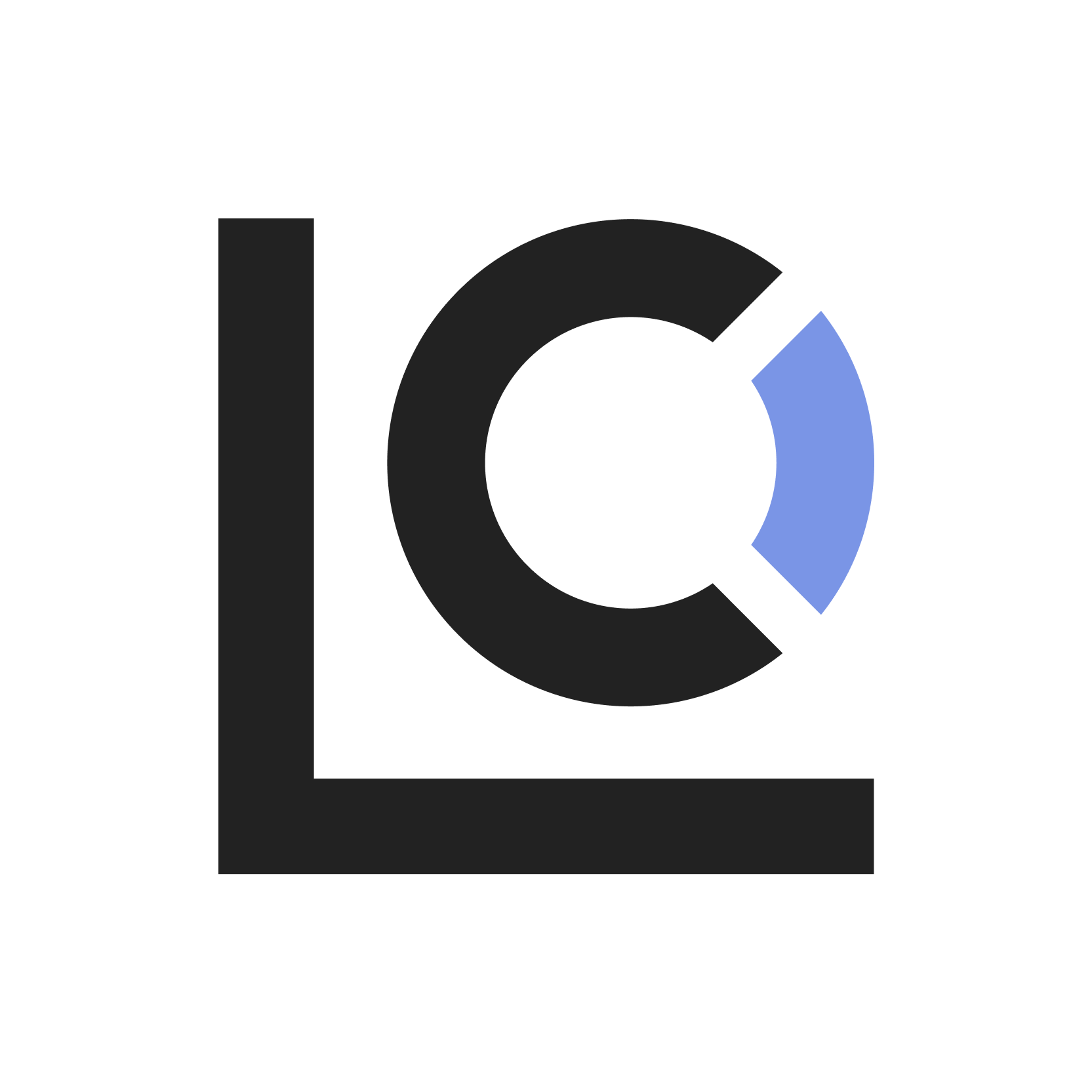Table of Contents
Meta Ads, which includes Facebook, Instagram, WhatsApp, and Messenger, are great platforms for reaching and engaging new audiences.
However, effective advertising on Meta is more than just throwing money at campaigns; it requires an understanding of your audience, compelling ad creatives, and strategic campaign structuring.
In this guide, we’ll learn how to structure your ad campaigns on Meta Ads to maximize your reach, engagement, and ultimately, your return on investment (ROI).
Interest-Based Targeting
In the past, one of the most powerful aspects of Meta Ads was targeting audiences based on their interests, which leverages Facebook Pages and Groups.
Facebook Pages are where artists, businesses and public figures can connect with their audience, whereas Facebook Groups are smaller, moderated communities who share a common interest.
Unfortunately, interest-based targeting is not a viable strategy for most advertisers.
This is due to tech companies implementing Data Privacy policies, such as iOS14 privacy updates. This gave users the choice to opt out of data tracking and sharing, which many of us did (myself included).
Because of data privacy changes, personal information such as interests are usually unavailable for marketers to use.
Broad Targeting
Because interest targeting is no longer common practice, Meta advertisers now rely on targeting broad audiences, such as:
- targeting by entire cities, states, provinces or countries at a time
- targeting all age groups
- targeting all genders
and believe it or not, broad targeting is quite effective, thanks to machine learning.
Meta Ads uses a machine learning algorithm to self-optimize your campaigns based on the audiences that engage with your ads.
All that’s left for us to do is to structure our campaigns.
Structuring Your Campaigns on Meta Ads
There are 3 general campaigns you’d want to run:
- Prospecting
broad-targeting campaign focused on generating conversions - Retargeting
to retarget highly-engaged audiences or existing customers - Discovery (situational)
to discover or test new audiences; this supplements your prospecting and retargeting campaigns
Note: if you’re not already familiar with campaign objectives on Meta Ads, check out their support article.
Prospecting Campaigns
Your prospecting campaign is your bread and butter; it is your main ad campaign because it generates the most revenue.
Here’s how to set it up:
| Objective | Conversions Example: For e-commerce: purchases or add to carts For services: leads, newsletter signups |
| Ad Set Targeting | Broad (see Broad Targeting above for reference) |
| Budget | Ad-Set optimization (ABO) |
| Number of Ad Creatives | 2-3 |
Look Alike Audiences
Look alike (LAL for short) audiences are a feature in Meta Ads that lets you target users who share similar characteristics to your existing customers.
From our experience, some brands like to have a secondary ad set for LAL targeting, whereas others don’t find success with it.
If this is something that interests you, here’s what we recommend:
- create a separate ad set within your prospecting campaign
- set the targeting to look-alike audiences
- set your ad set budget to 20% of your main prospecting campaign*
- use 2-3 ad creatives
*we recommend starting with a smaller budget for LAL ads to test its effectiveness, you can choose to increase the budget if you find success with these ads
Retargeting Campaigns
The retargeting feature on Meta Ads helps you display your ads to:
- people with high engagement (e.g. previously added to cart, initiated checkout)
- past webiste visitors
- subscribers on your email list
- people who have taken certain actions on your mobile/web app
If you decide to set up a retargeting campaign, we recommend the same structure as a prospecting campaign, and to start with no more than 30% of your total ad budget.
This is because retargeting ads are more expensive, yet not as effective, as a direct channel like email marketing (here’s why).
If you have a good email marketing strategy you probably don’t need a retargeting campaign at all.
Discovery Campaigns
Your Meta pixel needs help finding the right people to show your ads.
Part of the ad budget in your prospecting campaign is spent on discovering new audiences.
When you find that your prospecting conversions are starting to dip, this may be a sign that your pixel is looking for new audiences.
In this situation, it may be worth setting up a discovery campaign:
| Objective | Choose one of the following: Traffic Awareness Engagement |
| Ad Set Targeting | Broad (see Broad Targeting above for reference) |
| Budget | Ad-Set optimization (ABO) <10% of your total ad budget |
| Number of Ad Creatives | 2-3 |
10% of your total ad budget or less is a good starting point.
These are campaigns with the objective of generating traffic, brand awareness or engagement, alongside your core prospecting and retargeting campaigns.
By having a campaign dedicated to discovering audiences, you’re supplementing your Meta pixel with the data it needs to target the right people in your core campaigns.
This way, you have more control over your ad budget and campaign objectives.
Warming Campaigns
Much like discovery campaigns, a warming campaign also uses a traffic objective, however as the name suggests, warming campaigns are meant to warm up your pixel or ad account.
Warming campaigns are typically used whenever:
- you have a new ad account
- you’ve set up a new pixel that hasn’t collected data yet
- you have an existing ad account or pixel that hasn’t been used after 1-2 months
Conclusion
With the decline of interest-based targeting, Meta advertisers now rely on broad targeting for the two most commonly used campaigns: a prospecting campaign and a retargeting campaign.
At times it may be worth setting up a LAL ad set or a discovery campaign to supplement your ads with new audiences.
